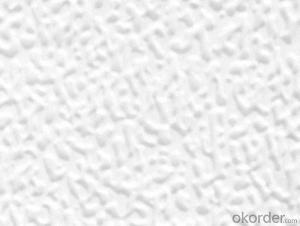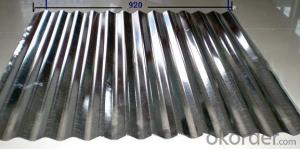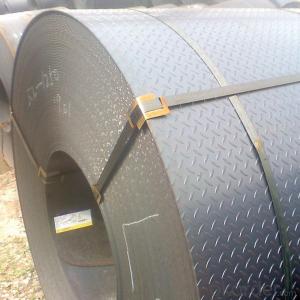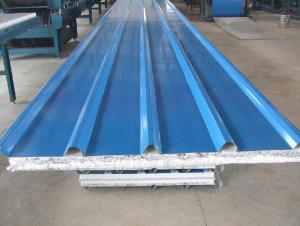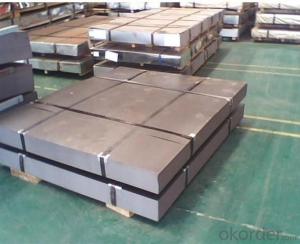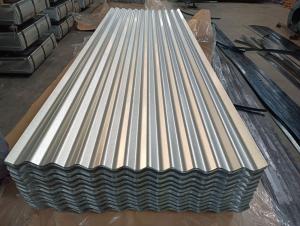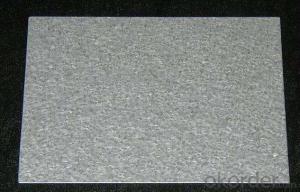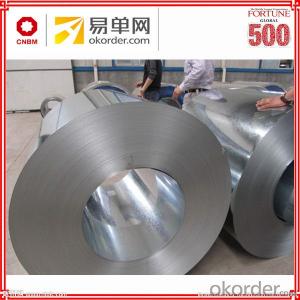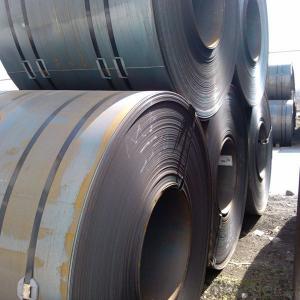Sheet Of Stainless Steel
Sheet Of Stainless Steel Related Searches
Shiny Or Dull Side Of Aluminum Foil For Cooking Inverter For 100w Solar Panel Solar Panel Inverter For Rv Pvc Tiles For Walls Wall Lights For Bedrooms Inverter Ac With Solar Panel Solar Panel With Inverter Kit Solar Panel Kits With Inverter Solar Panel With Inverter Direct Roving For PultrusionHot Searches
Steel Mesh Panels For Sale Type Of Inverter For Solar Price Of Shipping Containers For Sale Types Of Inverter For Solar Aluminum Bar Stock For Sale Bags Of Cement For Sale Types Of Temporary Side Panels For Cement Deck Cost Of Awnings For Decks Type Of Scaffolding With Pdf Price Of Scrap Stainless Steel Price Of Stainless Steel Scrap Price Of Stainless Steel Galvanized Steel Scrap Price Type Of Stainless Steel Types Of Stainless Steel Grades Types Of Stainless Steel Aluminum Corp Of China Stock Types Of Scaffolding In Construction Pdf Stainless Steel Factory Stainless Steel TypeSheet Of Stainless Steel Supplier & Manufacturer from China
Okorder.com is a professional Sheet Of Stainless Steel supplier & manufacturer, offers integrated one-stop services including real-time quoting and online cargo tracking. We are funded by CNBM Group, a Fortune 500 enterprise and the largest Sheet Of Stainless Steel firm in China.Hot Products
FAQ
- Yes, steel sheets are suitable for elevator doors due to their durability, strength, and ability to withstand wear and tear.
- Depending on specific requirements or intended use, the dimensions of the steel sheets may differ. Standard sizes for steel sheets are often found in dimensions like 4 feet by 8 feet or 1 meter by 2 meters. Nonetheless, customizing the dimensions of the sheets is also possible to cater to project needs. To ensure the steel sheets meet the required specifications, it is crucial to specify the desired length, width, and thickness when placing an order.
- The maximum width of steel sheets can vary depending on the specific type and grade of steel, but it typically ranges from 72 inches to 96 inches.
- A smooth stainless steel sheet is characterized by its flat and polished surface, lacking any ridges or patterns. It is commonly used in applications where aesthetics and cleanliness are important, such as kitchen countertops, appliances, and architectural designs. The lack of ridges allows for easy cleaning and maintenance. On the other hand, a corrugated stainless steel sheet has a wavy or ribbed pattern, resembling a series of parallel ridges or grooves. This design provides added strength and rigidity to the sheet, making it suitable for applications where structural integrity is crucial. Corrugated stainless steel sheets are commonly used in roofing, siding, and industrial applications where durability and resistance to wear and tear are important. In summary, the main difference between a smooth and corrugated stainless steel sheet lies in their surface texture and intended use. Smooth sheets are preferred for their aesthetic appeal and easy maintenance, while corrugated sheets offer enhanced strength and are commonly used in structural and industrial applications.
- Stainless steel and regular steel sheets have distinct differences in their composition and properties. Stainless steel is an alloy comprising iron, chromium, and other elements like nickel and molybdenum. In contrast, regular steel is predominantly made of iron with small amounts of carbon and impurities. The primary disparity between stainless steel and regular steel sheets lies in their corrosion resistance. Due to the presence of chromium, stainless steel exhibits high resistance to corrosion. When exposed to oxygen, chromium forms a protective layer called a passive film on the surface of the steel, preventing rust formation. This makes stainless steel suitable for applications in environments with moisture or chemical exposure. On the other hand, regular steel sheets are susceptible to corrosion as they lack the protective chromium layer. To enhance their corrosion resistance, they may require additional coatings or treatments. Without proper protection, regular steel sheets can rust and deteriorate when exposed to moisture or corrosive substances. Strength and hardness are additional distinguishing factors between stainless steel and regular steel sheets. Stainless steel, with its alloy composition, is generally stronger and more durable than regular steel. It can withstand higher temperatures and has better resistance to wear and tear. Regular steel, while strong, may not offer the same level of strength and durability as stainless steel. Aesthetic appeal is another contrasting aspect. Stainless steel sheets have a shiny, reflective surface, imparting a modern and sleek appearance. They are commonly used in architectural and decorative applications where visual appeal is desired. Regular steel sheets, on the other hand, have a more dull and matte finish and are primarily utilized for structural and industrial purposes rather than for their visual appeal. In conclusion, stainless steel sheets surpass regular steel sheets in terms of corrosion resistance, strength, and aesthetic appeal. They are the preferred choice for applications where durability, hygiene, and maintenance-free performance are essential, such as in kitchens, medical equipment, automotive parts, and construction projects. Regular steel sheets, although less expensive, may require additional protective measures and are commonly employed in structural and industrial applications where corrosion resistance and visual appeal are not primary concerns.
- Yes, steel sheets can be corrosion-resistant depending on the type of steel used and the protective coating applied. Stainless steel sheets, for example, are known for their excellent corrosion resistance due to the presence of chromium that forms a passive protective layer on the surface. Additionally, galvanized steel sheets are coated with a layer of zinc, which acts as a sacrificial barrier to protect the underlying steel from corrosion. Other types of steel sheets can also be made corrosion-resistant through the application of coatings or treatments such as painting, powder coating, or plating. Therefore, it is important to consider the specific type of steel and any additional protective measures taken to determine the corrosion resistance of steel sheets.
- The cost considerations for steel sheets typically depend on factors such as the grade of steel, size and thickness of the sheets, quantity required, and market conditions. Additionally, transportation and handling costs, as well as any additional processing or finishing requirements, can also impact the overall cost of steel sheets.






























